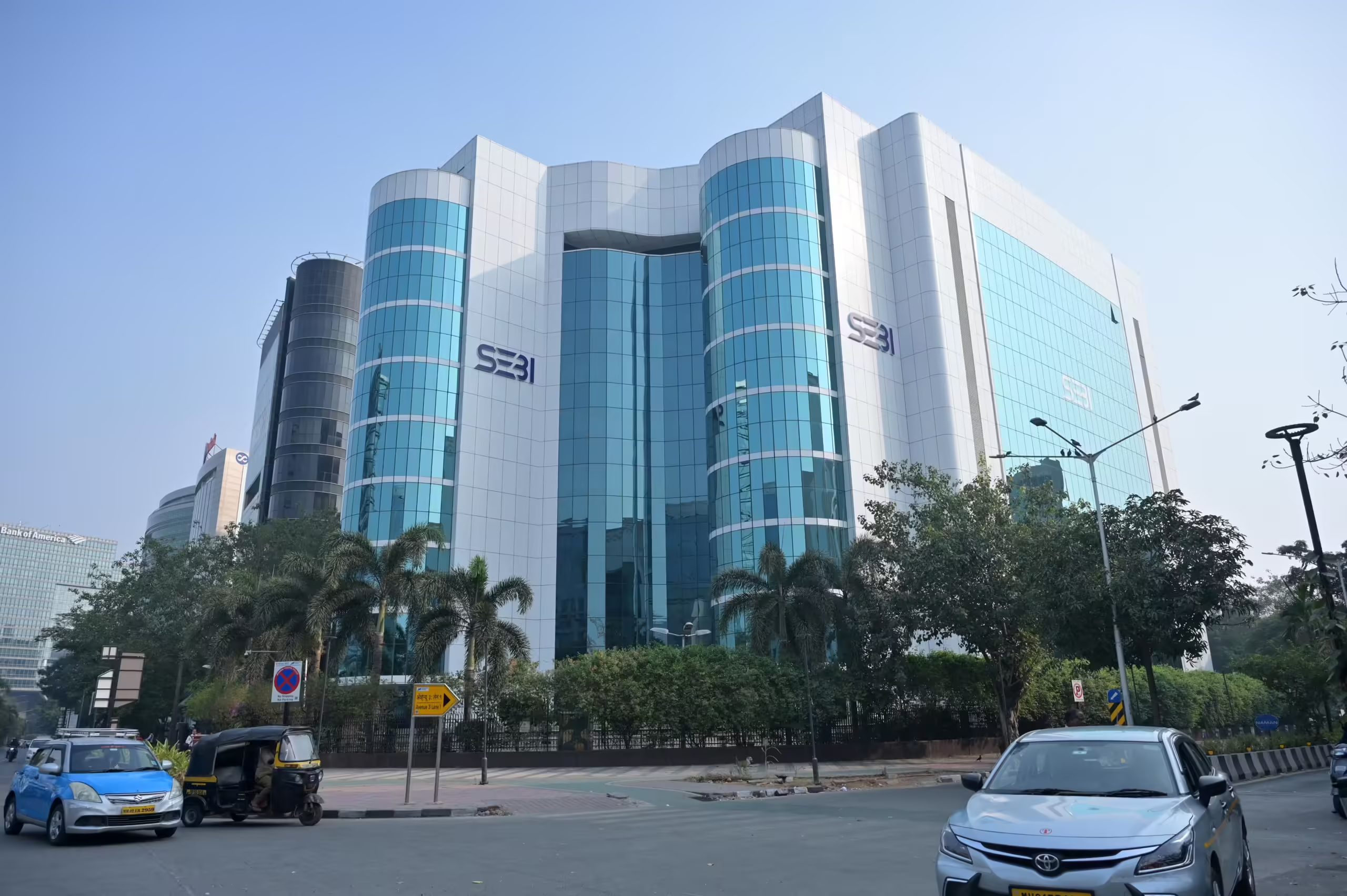The Securities and Exchange Board of India (SEBI) has recently revised the criteria for the entry and exit of stocks in the derivatives segment, marking a significant change in the regulatory landscape. These updates are designed to enhance the quality and liquidity of stocks traded within this market, ensuring that only high-quality stocks with sufficient market depth are eligible for trading in derivatives.
One of the key changes SEBI introduced is the increase in the median quarter sigma order size (MQSOS) for the previous six months on a rolling basis. This threshold has been raised from ₹25 lakh to ₹75 lakh. This increase is intended to ensure that only stocks with a strong market presence and trading activity are allowed to enter the derivatives market. By setting a higher bar for market activity, SEBI aims to maintain a robust and liquid derivatives market, which is essential for effective price discovery and risk management.
In addition to the MQSOS, SEBI has also revised the market-wide position limit (MWPL) for stocks. The new criteria stipulate that a stock’s MWPL for the previous six months must now be ₹1,500 crore, up from the previous limit of ₹500 crore. This change reflects SEBI’s focus on ensuring that the stocks traded in the derivatives segment have a substantial market presence and are capable of supporting significant trading volumes without causing undue volatility or market disruption.
Furthermore, SEBI has mandated a higher threshold for a stock’s average daily delivery value in the cash market. The new requirement sets this limit at ₹35 crore on a rolling basis for the previous six months, up from the current limit of ₹10 crore. This adjustment is aimed at ensuring that only stocks with considerable trading activity and liquidity in the cash market are permitted in the derivatives segment. By doing so, SEBI seeks to reduce the risk of illiquid stocks entering the derivatives market, which could lead to higher volatility and increased risks for investors.

Despite these significant changes, SEBI has decided to retain the existing criteria for the Average Daily Market Capitalisation and Average Daily Traded Value (ADTV) for the top 500 stocks. This decision indicates that the regulator believes the current standards for market capitalisation and traded value are sufficient for determining the eligibility of these stocks in the derivatives segment.
The new rules also include provisions for the exit of stocks from the derivatives market. According to SEBI’s revised criteria, a stock that fails to meet the updated eligibility requirements for three consecutive months on a rolling basis, based on data from the previous six months, will be required to exit the derivatives market. No new contracts will be issued for such stocks, although unexpired contracts will be allowed to trade until their natural expiry. Additionally, new strikes may still be introduced in the existing contract months for these stocks.
Moreover, SEBI has clarified that the revised exit criteria will only apply to stocks that have been listed for at least six months from the date of their introduction. This provision ensures that newly listed stocks have sufficient time to establish their market presence and meet the necessary liquidity and trading activity thresholds before being subjected to the exit criteria.
These changes reflect SEBI’s ongoing efforts to strengthen the regulatory framework governing the derivatives market in India. By raising the thresholds for entry and exit, the regulator aims to create a more resilient and liquid market that can better serve the needs of investors and market participants. The revised norms are expected to contribute to greater market stability, reduce the risk of speculative trading in illiquid stocks, and enhance the overall efficiency of the derivatives market.
In conclusion, SEBI’s decision to revise the criteria for the entry and exit of stocks in the derivatives segment represents a significant step towards improving the quality and stability of the market. By setting higher thresholds for market activity and liquidity, the regulator is ensuring that only the most suitable stocks are traded in this segment, thereby protecting investors and promoting a healthier trading environment. These changes are likely to have a positive impact on the market, fostering greater confidence among investors and contributing to the long-term growth and development of India’s financial markets.
Eco Mobility raises ₹180 crore from anchor investors ahead of IPO (timesofheadlines.com)




